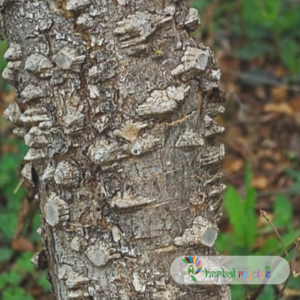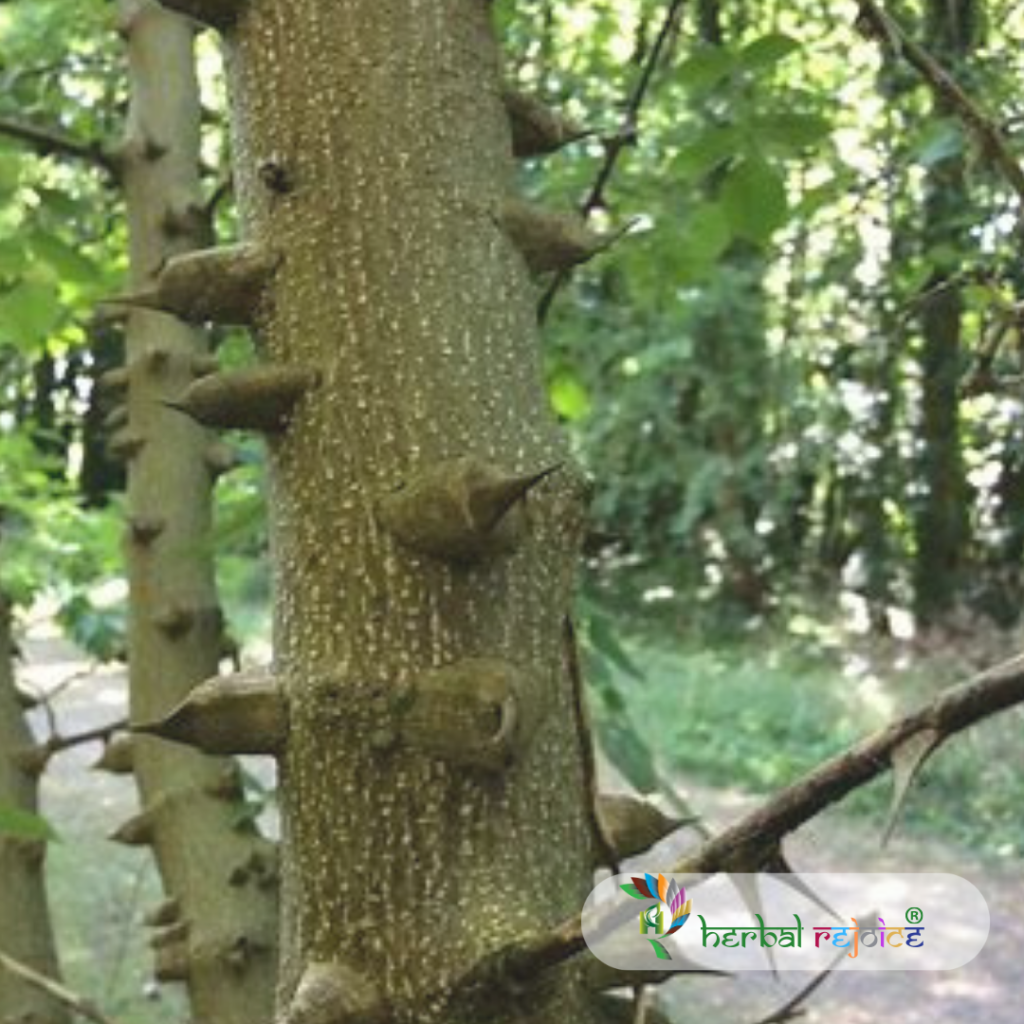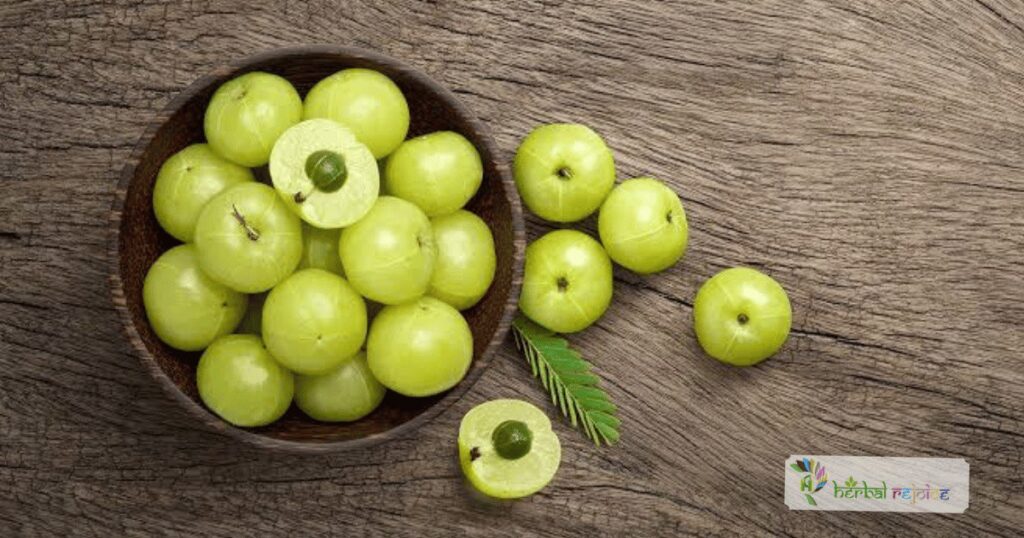Introduction
Zanthoxylum armatum DC. also known as Toothache tree or Indian Prickly Ash, belongs to the Rutaceae family. It is found in the Jammu & Kashmir and Garhwal regions. In Ayurveda, it is referred to as Tumburu (fruit), Tejabala, Tejaswani, Tejohva, or Tejovati (stem bark). In Unani, it is known as Faaghir or Kabaab-eKhandaan, and in Siddha, it is called Tejyovathi. The folk name for this plant is Nepaali Dhaniyaa.
Traditional Uses
This plant has various medicinal properties and is used in different forms for different purposes. The stem bark of Zanthoxylum armatum is used in the treatment of cough, dyspnoea, hiccup, stomatitis, and rheumatism. The stems and thorns of the plant have hypoglycemic properties. The bark is used for cleaning teeth and treating diarrhea. The fruits, seeds, and bark of this plant have carminative, antispasmodic, and anthelmintic properties. The fruits and seeds are used as a tonic in fever, dyspepsia, and skin diseases.
Chemical Constituents
The essential oil extracted from the fruit of Zanthoxylum armatum is antibacterial, antifungal, and deodorant. It is commonly used in tooth powders. The essential oil contains linalool (64.1%), linalyl acetate, citral, geraniol methyl cinnamate, limonene, and sabinene. The dried bark and branches of the plant contain lignans such as sesamin, fargesin, and eudesmin, as well as a lactone called pulviatide. Other compounds found in the bark and branches include dictamine, 8-hydroxydictamine, gamma-fagarine, magnoflorine, and xanthoplanine. The root of the plant contains magnoflorine, xanthoplanine, skimmianine, dictamine, and gamma-fagarine. The seeds contain flavonoids tambulin and tambulol.

Dosage
The recommended dosage for Zanthoxylum armatum is 10-20g of stem bark for decoction and 3-4g of the fruit. It is important to consult a healthcare professional or an Ayurvedic practitioner for the correct dosage and usage instructions.
Conclusion
In conclusion, Zanthoxylum armatum, commonly known as Toothache tree or Indian Prickly Ash, is a medicinal plant with various beneficial properties. It is used in traditional medicine systems like Ayurveda, Unani, and Siddha for its therapeutic effects. The plant’s stem bark, fruits, seeds, and essential oil are utilized for different purposes, such as treating cough, dyspnoea, stomatitis, and diarrhea, as well as for dental care and fever management. However, it is essential to follow the recommended dosage and consult an expert before using this plant for medicinal purposes.
Frequently Asked Questions
What is Zanthoxylum armatum?
Zanthoxylum armatum, also known as Toothache tree or Indian Prickly Ash, is a plant belonging to the Rutaceae family. It is found in the Jammu & Kashmir and Garhwal regions.
What are the traditional names for Zanthoxylum armatum?
In Ayurveda, it is referred to as Tumburu, Tejabala, Tejaswani, Tejohva, or Tejovati. In Unani, it is known as Faaghir or Kabaab-eKhandaan, and in Siddha, it is called Tejyovathi. The folk name for this plant is Nepaali Dhaniyaa.
What are the medicinal properties of Zanthoxylum armatum?
Zanthoxylum armatum has various medicinal properties, including carminative, antispasmodic, anthelmintic, antibacterial, antifungal, and deodorant properties.
What parts of Zanthoxylum armatum are used in medicine?
The stem bark, fruits, seeds, and essential oil of Zanthoxylum armatum are used in medicine.
What is the stem bark of Zanthoxylum armatum used for?
The stem bark of Zanthoxylum armatum is used in the treatment of cough, dyspnoea, hiccup, stomatitis, and rheumatism.
What properties do the stems and thorns of Zanthoxylum armatum have?
The stems and thorns of Zanthoxylum armatum have hypoglycemic properties.
What are the benefits of the fruits and seeds of Zanthoxylum armatum?
The fruits and seeds of Zanthoxylum armatum are used as a tonic in fever, dyspepsia, and skin diseases.
What are the properties of the essential oil extracted from Zanthoxylum armatum?
The essential oil extracted from the fruit of Zanthoxylum armatum is antibacterial, antifungal, and deodorant. It is commonly used in tooth powders.
What compounds are found in the essential oil of Zanthoxylum armatum?
The essential oil of Zanthoxylum armatum contains linalool, linalyl acetate, citral, geraniol methyl cinnamate, limonene, and sabinene.
What compounds are found in the dried bark and branches of Zanthoxylum armatum?
The dried bark and branches of Zanthoxylum armatum contain lignans, such as sesamin, fargesin, and eudesmin, as well as a lactone called pulviatide.
What compounds are found in the root of Zanthoxylum armatum?
The root of Zanthoxylum armatum contains magnoflorine, xanthoplanine, skimmianine, dictamine, and gamma-fagarine.
What compounds are found in the seeds of Zanthoxylum armatum?
The seeds of Zanthoxylum armatum contain flavonoids tambulin and tambulol.
What is the recommended dosage for Zanthoxylum armatum?
The recommended dosage for Zanthoxylum armatum is 10-20g of stem bark for decoction and 3-4g of the fruit.
What should I do before using Zanthoxylum armatum for medicinal purposes?
It is important to consult a healthcare professional or an Ayurvedic practitioner for the correct dosage and usage instructions.
Can Zanthoxylum armatum be used to treat diarrhea?
Yes, the bark of Zanthoxylum armatum is used in the treatment of diarrhea.
Is Zanthoxylum armatum effective for dental care?
Yes, the essential oil extracted from Zanthoxylum armatum is commonly used in tooth powders for dental care.
What are the properties of Zanthoxylum armatum’s essential oil?
Zanthoxylum armatum’s essential oil is antibacterial, antifungal, and deodorant.
Can Zanthoxylum armatum be used for fever management?
Yes, the fruits


